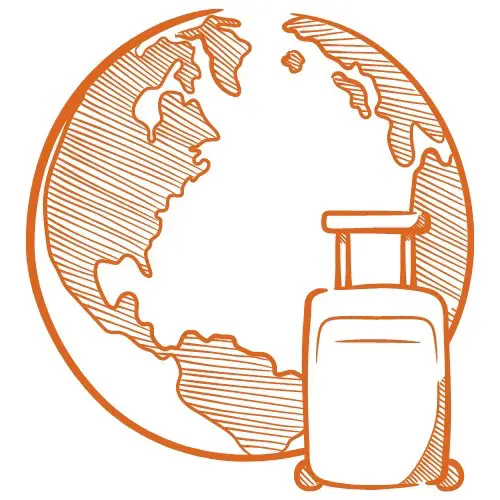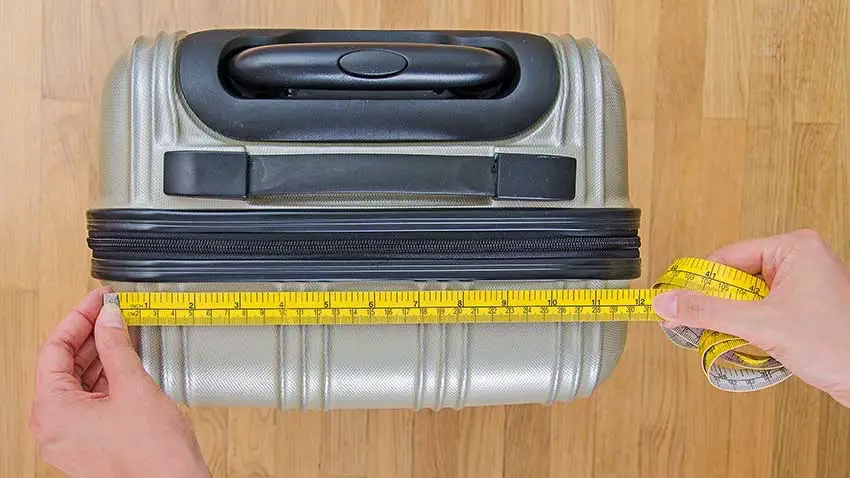In the world of travel, finding the perfect luggage can be a game-changer. In this concise guide, we’ll explore 62 linear inches luggage and how to make the most of it for your next adventure.
From choosing the perfect suitcase to packing like a pro, you’ll discover everything you need to know to elevate your travel experience.
Decoding 62 Linear Inches: The Magic Number in Luggage
Before diving into the world of linear inches, it’s essential to understand what this measurement means and how to calculate it. In the world of air travel, luggage size is crucial, and the magic number of 62 linear inches often comes into play as the standard maximum allowable size for checked baggage.
Kenneth Cole, Out Of Bounds (62 linear inches!)
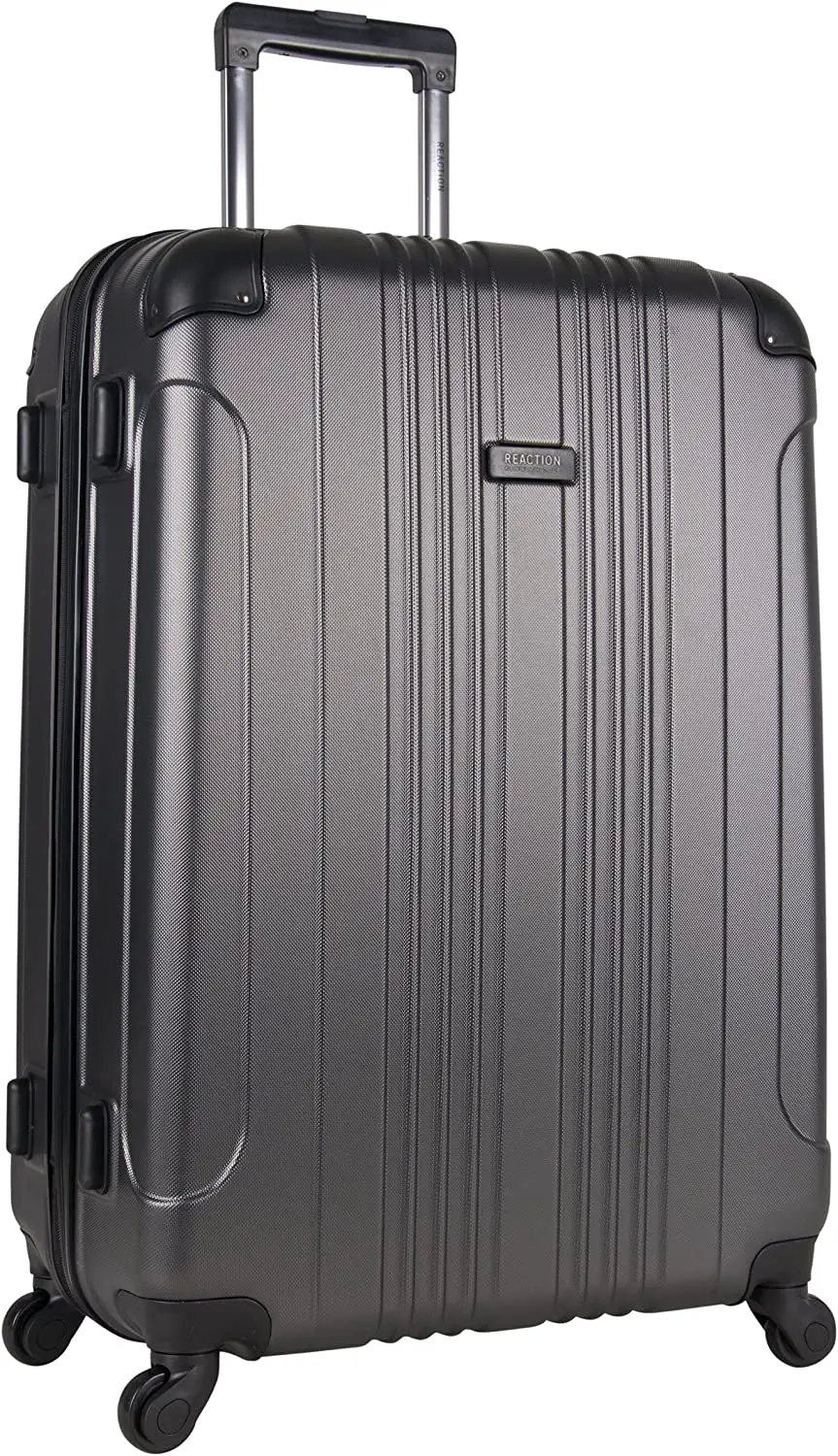
Breaking Down the Measurements
The term “linear inches” refers to the combined total of your luggage’s length, width, and height. To calculate the linear inches of your luggage, follow these simple steps:
- Measure the length: Find the longest side of your luggage and measure it from end to end, including any handles or wheels that may protrude.
- Measure the width: Identify the shortest side of your luggage and measure it from side to side, including any handles or wheels that may protrude.
- Measure the height: Measure the remaining side of your luggage from top to bottom, again including any handles or wheels that may protrude.
- Add it all up: Add the length, width, and height measurements together to obtain the total linear inches of your luggage.
For example, if your luggage measures 28 inches in length, 20 inches in width, and 14 inches in height, the total linear inches would be 62 (28 + 20 + 14).
It’s important to note that each airline has its own specific size and weight restrictions for checked baggage. While 62 linear inches is a common maximum size, be sure to check with your airline for their particular requirements.
With a clear understanding of what it means and how to calculate it, you’re now ready to explore the ins and outs of choosing, packing, and traveling with the perfect 62 linear inches luggage.
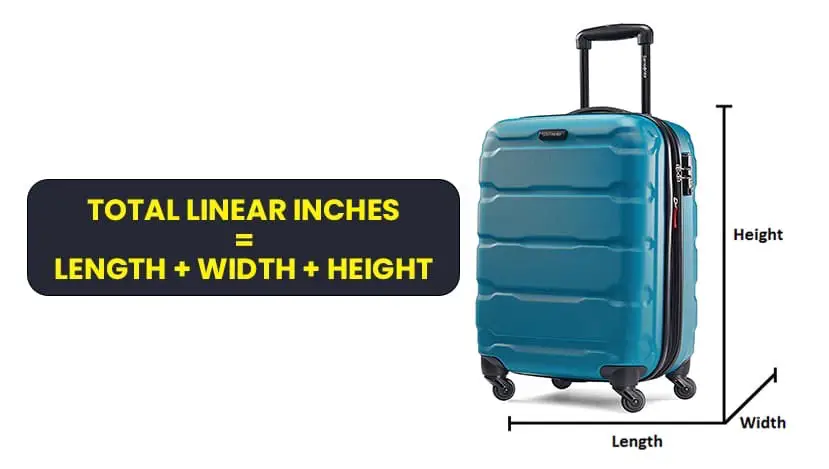
Choosing the Perfect 62 Linear Inches Luggage
When it comes to selecting the right luggage, there are several factors to consider:
- Durability: Opt for luggage made from high-quality materials, such as polycarbonate or ballistic nylon, to withstand the rigors of travel.
- Wheels: Four-wheel spinners offer smooth and effortless movement, while two-wheel models provide more stability on uneven surfaces.
- Handles: Telescoping handles with multiple height settings ensure a comfortable grip for travelers of all heights.
- Compartments and organization: Look for luggage with multiple compartments and pockets to keep your belongings organized and accessible.
The Science of Packing: Maximizing Space and Efficiency
Learning how to pack efficiently can make a world of difference when using 62 linear inches luggage. Here are some tried-and-true tips for making the most of your packing space:
The Power of Rolling
Rolling your clothes instead of folding them can save valuable space and prevent wrinkles. To roll your clothes:
- Lay the item flat and smooth out any wrinkles.
- Fold it in half, with the sleeves or pant legs aligned.
- Roll the item tightly from one end to the other.
The Art of Layering
Layering your luggage is a great way to keep things organized and easily accessible. Start by placing heavier items, like shoes and toiletries, at the bottom of your suitcase. Then, layer rolled clothes on top, followed by lighter items, like accessories and electronics.
Compression Bags: A Traveler’s Secret Weapon
Compression bags can be a lifesaver when it comes to packing. They allow you to fit more into your luggage by squeezing out excess air. Use them for bulkier items, like jackets and sweaters, to maximize space in your 62 linear inches luggage.
Traveling Light: What to Leave Behind
It can be tempting to pack everything but the kitchen sink. However, traveling with 62 linear inches luggage requires a more minimalist approach. Consider leaving behind these non-essential items:
- Multiple pairs of shoes: Stick to one or two versatile pairs that can be dressed up or down.
- Bulky electronics: Opt for a tablet or e-reader instead of a laptop for leisure trips.
- Full-sized toiletries: Travel-sized products or solid alternatives are more space-efficient.
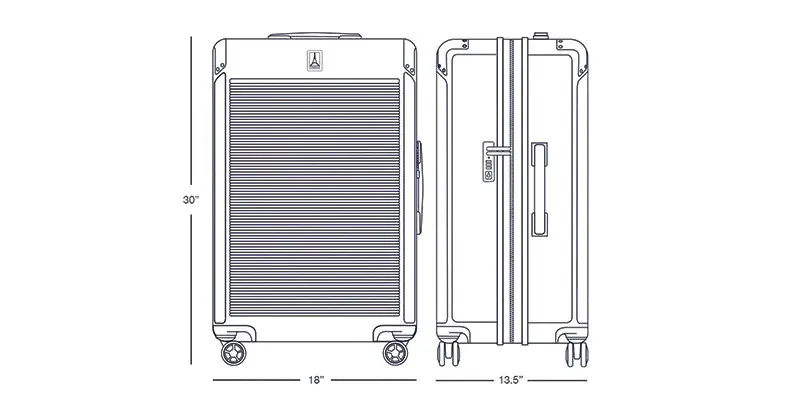
Converting 62 Linear Inches to Centimeters: A Quick Guide
Navigating the world of luggage measurements can be a bit confusing, especially when you’re trying to make sense of international units. If you’re wondering how to convert 62 linear inches of luggage into centimeters, you’re in the right place. We’ve got you covered with this simple explanation.
When it comes to converting linear inches to centimeters, it’s essential to remember that one inch is equal to 2.54 centimeters. As linear inches represent the combined total of your luggage’s height, width, and length, you’ll simply need to multiply 62 by 2.54 to convert linear inches into centimeters.
So, the calculation would look like this:
62 (linear inches) × 2.54 (centimeters per inch) = 157.48 centimeters
Now you know that 62 linear inches of luggage is equivalent to 157.48 centimeters. This conversion can be handy when comparing luggage sizes across different countries or when communicating with international airlines.
Q&A: Navigating the World of 62 Linear Inches Luggage
What are the airline restrictions for 62 linear inches luggage?
Each airline has its own specific guidelines for luggage size and weight. However, most airlines consider 62 linear inches to be the maximum allowable size for checked baggage. Be sure to check with your airline for their specific requirements.
How do I measure my luggage to ensure it’s within the 62 linear inches limit?
To measure your luggage, use a tape measure to obtain the dimensions of the length, width, and height. Add these three measurements together to get the total linear inches. Make sure to include any wheels, handles, or other protrusions in your measurements, as airlines typically include these in their size calculations.
What’s the best way to pack fragile items in my 62 linear inches luggage?
To protect fragile items, wrap them in soft materials, like clothing or bubble wrap. Place them in the center of your suitcase, surrounded by layers of cushioning materials. This will help to absorb any impacts and keep your fragile belongings safe during transit.
How can I make my 62 linear inches luggage easier to identify at baggage claim?
There are several ways to make your luggage stand out from the crowd. The standard options are great, including using brightly colored luggage tags or luggage straps, or even tying a colorful ribbon to the handle. A low-cost and personalized option is going with a custom sticker. Why a customized sticker? They’re cheap, practical, and allow you to customize to your desires (i.e., name, patterns, etc.). Not only that, but they’re a decorative way to express yourself outside of baggage claim, and make it easy to spot your bag at a glance.
